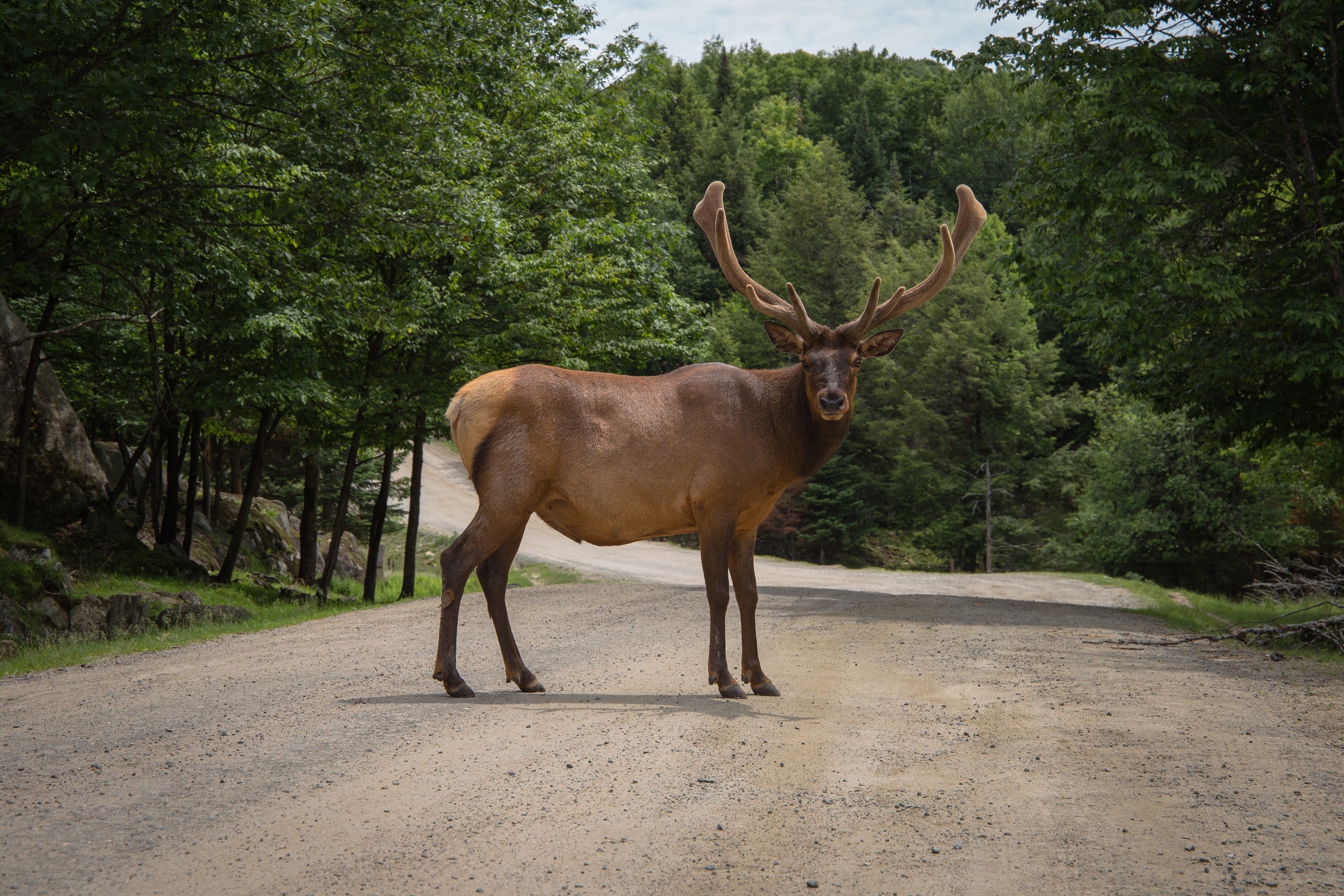
Why did the mule deer cross the road?
Wildlife crossings can provide more freedom of movement for our wildlife, help to create more complete ecosystems that have been fragmented by human development, and increase the safety of our roads. There's a proposal coming before the Oregon legislature to invest in wildlife crossings across the state.

We need more nature. More nature means abundant wildlife in our world, from butterflies floating by to coyotes howling at night to whale tails breaching the surface just visible from shore. Nature works better when it’s connected.
But in the U.S., our wild spaces have been fragmented into many pieces by roads, fences and other products of human development that block the movement of animals. And as we designate new wild spaces, they are often isolated from other areas of habitat. This can push whole ecosystems out of balance, cut off genetic flow between populations, leave animals short of key resources, interrupt migration cycles and leave species more susceptible to other challenges like disease, wildfires and climate change.
While we cannot fully restore ecosystems where roads and cities lie, we must think creatively about how best to restore some semblance of complete ecosystems. A key solution to habitat fragmentation is to create wildlife corridors, projects that reconnect separated habitats, keeping in mind a species’ need for adequate space, food, water, shelter and mates. Corridors can be made up of single projects or networks of small-scale infrastructure, including but not limited to wildlife crossings.
Wildlife crossings are overpasses or underpasses that allow wildlife to safely cross major roads that run through their habitats. Oregon currently only has five wildlife crossings, much fewer than other western states. As a result, wildlife are regularly injured or killed while crossing Oregon roads. In 2019 alone, the Oregon Department of Transportation recorded 6,100 wildlife-vehicle collisions. The most commonly hit animal in Oregon is the mule deer, who has seen population declines up to 54% in recent years.
The good news is that state agencies have been collecting data on where wildlife-vehicular collisions are occurring most frequently to help inform a strategic plan to build more wildlife crossings across the state.
Representative Ken Helm is leading the charge in introducing a bill in the 2022 short session to allocate $5 million to these targeted wildlife crossing projects, with a goal of reducing the number of wildlife related accidents. Additionally, Congress allocated $350 million to competitive grants to fund wildlife crossings as part of the recently passed infrastructure package. With these dollars in place, Oregon can begin to build safe crossings for animals like the mule deer.
Wildlife crossings can provide more freedom of movement for our wildlife, help to create more complete ecosystems that have been fragmented by human development and increase the safety of our roads. The Oregon legislature should make these investments in the 2022 legislative session and help reconnect nature.
Parts of this blog were excerpted from Environment America’s report, Reconnecting Nature, which was released in September 2021.
Authors
Celeste Meiffren-Swango
State Director, Environment Oregon
As director of Environment Oregon, Celeste develops and runs campaigns to win real results for Oregon's environment. She has worked on issues ranging from preventing plastic pollution, stopping global warming, defending clean water, and protecting our beautiful places. Celeste's organizing has helped to reduce kids' exposure to lead in drinking water at childcare facilities in Oregon, encourage transportation electrification, ban single-use plastic grocery bags, defend our bedrock environmental laws and more. She is also the author of the children's book, Myrtle the Turtle, empowering kids to prevent plastic pollution. Celeste lives in Portland, Ore., with her husband and two daughters, where they frequently enjoy the bounty of Oregon's natural beauty.

